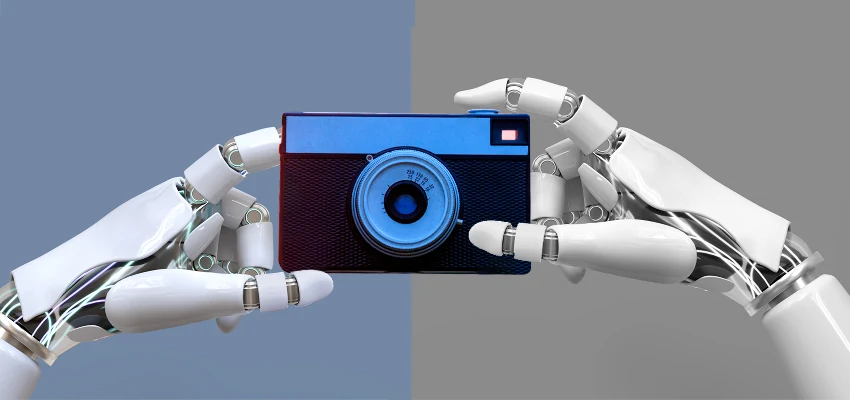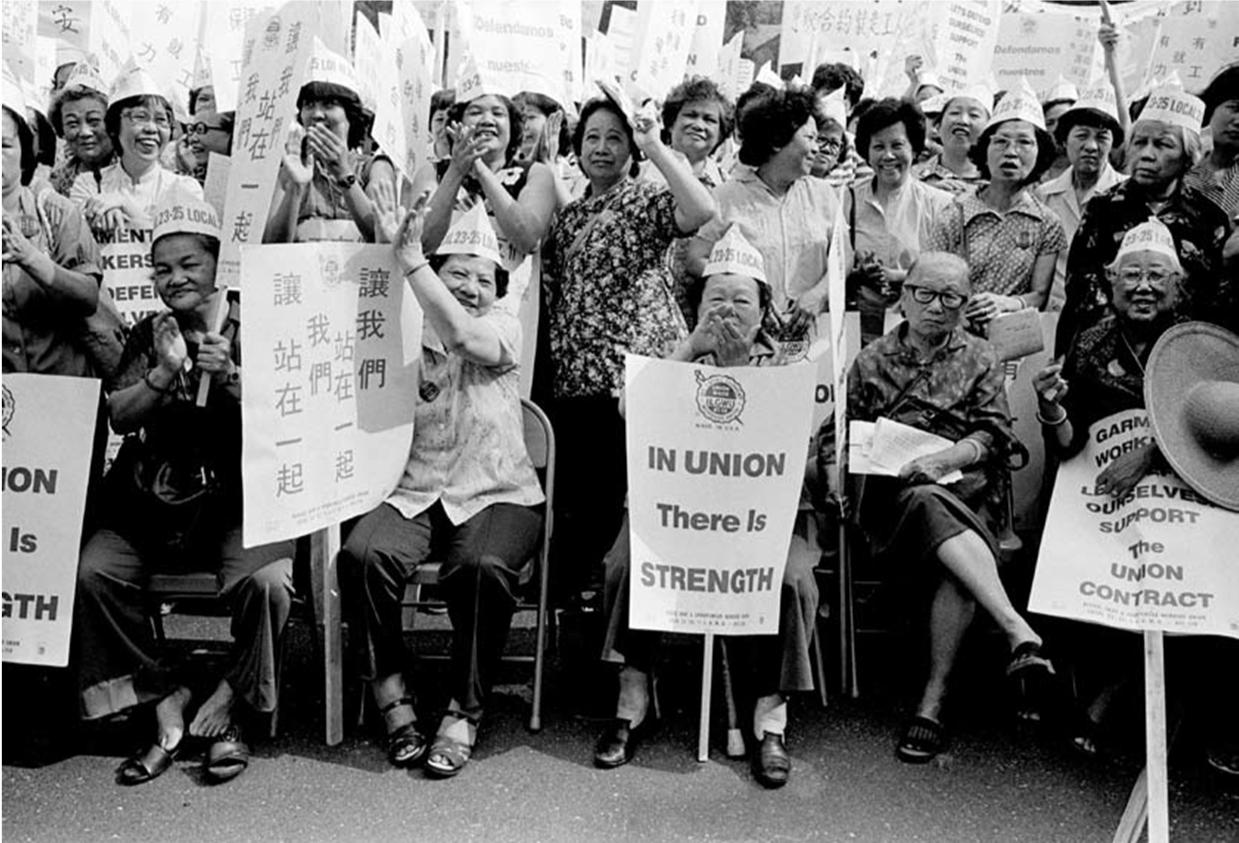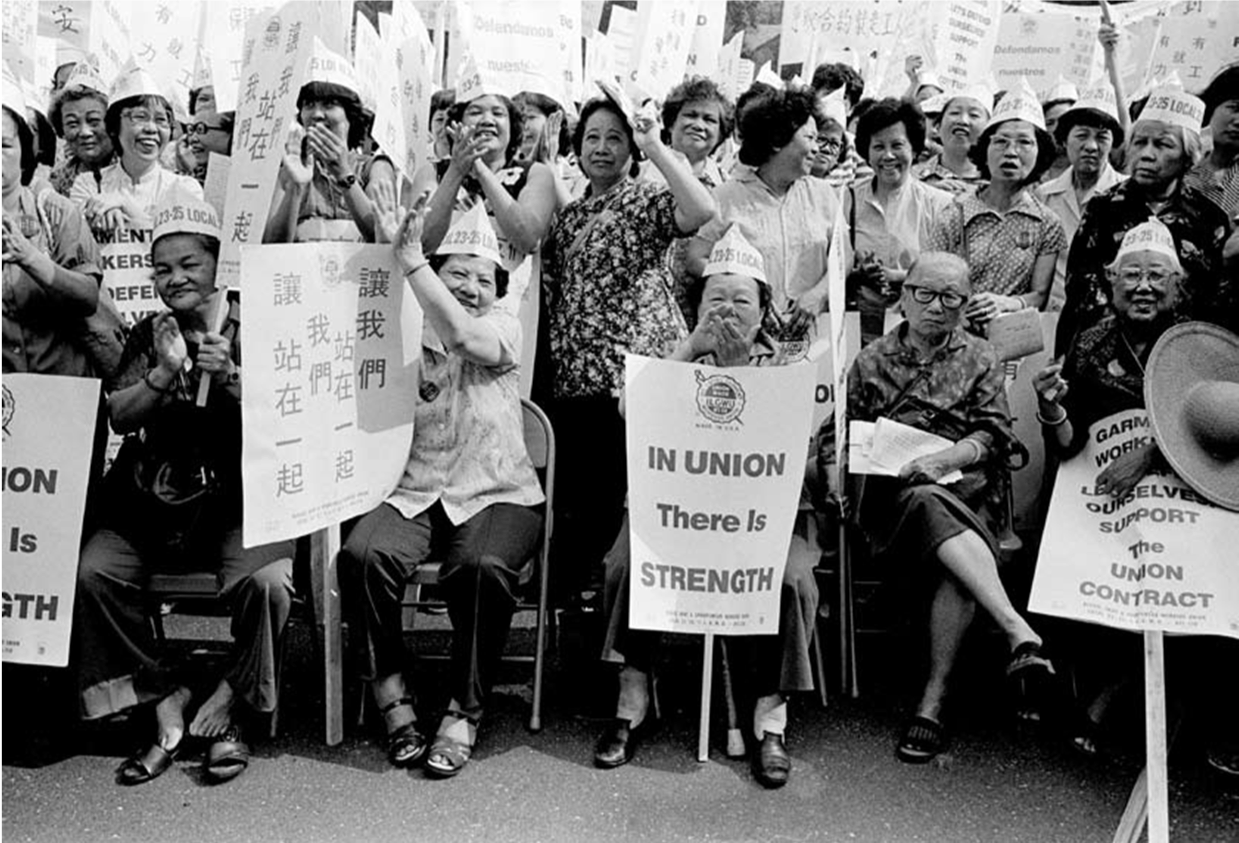AI in photojournalism is transforming the landscape of visual storytelling, offering innovative solutions for both challenges and opportunities in the field. As artificial intelligence continues to advance, its potential impact on the way we capture and archive images cannot be understated. Photojournalism technology harnesses the power of AI photography to enhance image analysis and organization, providing historical context that can help preserve photographers’ legacies. With significant portions of photo archives remaining undiscovered, incorporating AI may well be the key to bringing these hidden treasures to light. As we explore the intersection of technology and visual narratives, understanding the impact of AI on photography is crucial for safeguarding our shared history.
The integration of intelligent systems in the realm of visual media is reshaping the art of photo storytelling as we know it. This technological evolution has sparked new methodologies in documenting events and preserving imagery that encapsulate moments in time. Innovative approaches to managing and safeguarding photo archives allow us to maintain the essence of our photographic legacy while adapting to advancements in digital tools. Furthermore, examining the influence of artificial intelligence on the photography sector unveils opportunities for improving not only the quality but also the accessibility of these visual records. Embracing these changes may hold the key to enriching our understanding of past narratives and ensuring their continued relevance in society.
The Role of AI in Photojournalism
Artificial intelligence is increasingly making waves in the field of photojournalism, presenting both opportunities and challenges. Photojournalists are now confronted with the dual-edged sword of AI technology, which can assist in cataloging and archiving their extensive portfolios. For instance, AI tools can quickly analyze and evaluate thousands of images, allowing journalists to preserve essential visual narratives that capture pivotal moments in history. However, this technology also raises vital questions regarding authorship and the authenticity of images, as it blurs the line between human-created content and AI-generated works.
The potential impact of AI on photojournalism is profound, especially in how it interacts with existing archives. Traditionally seen as static assets, archives now have the potential to become dynamic repositories of visual history, thanks to AI’s ability to organize, contextualize, and even enhance the storytelling aspect of individual photographs. Embracing AI doesn’t mean compromising the artistry of photojournalism; rather, it can help to elevate the craft by ensuring that vital historical records are not lost in time.
Preserving Photo Archives with AI Technology
The preservation of photo archives is a pressing issue within the photojournalism community, as countless images risk being forgotten or overlooked. By deploying AI, journalists and archivists can efficiently organize and index expansive collections, enabling easier access for future generations. This is particularly crucial for documenting significant historical events, where photographs serve as a both a record and an artistic expression. Utilizing AI to categorize images by themes, emotions, and contexts not only enhances discoverability but enriches the understanding of the narratives they depict.
Moreover, the integration of AI technology in preserving photo archives can help maintain the integrity of these images. Through AI’s analytical capabilities, it is possible to assess the context surrounding a photograph, ensuring that the narrative remains intact. This technology allows for a more immersive experience when exploring historical archives, as AI can surface deeper stories behind the images, thus enhancing their value and relevance in our collective memory.
Ethics of AI in Photography
While the benefits of AI in photography are significant, it is crucial to address the ethical considerations surrounding its use. Issues of authorship, copyright, and the potential for misinformation pose real threats to the integrity of photojournalism. For instance, when AI algorithms sift through vast databases of images, concerns about unauthorized usage arise, particularly if photographers’ work is used to train AI systems without consent. This emphasizes the need for policies and frameworks that protect the rights of photographers while allowing them to benefit from new technologies.
Furthermore, maintaining public trust is essential in an era marked by rapid technological advancement. As generative AI creates hyper-realistic images, the risk of eroding the distinction between reality and fabrication becomes increasingly apparent. Ethical considerations in employing AI tools become paramount, as photojournalists must navigate the delicate balance of leveraging innovation while ensuring their work remains authentic and trustworthy. By establishing clear ethical guidelines, the photography industry can safeguard against potential misuse of AI, allowing it to serve as a tool for preservation rather than distortion.
Impact of AI on Photography Legacy
The advent of AI technology has begun to shape the legacy of photography in unprecedented ways. No longer confined to traditional methods, photographers now have the opportunity to redefine how their stories and visual histories are preserved. This generational shift towards utilizing AI could ensure that the legacy of significant images and their creators is maintained for posterity. As researchers like Kira Pollack explore how AI can curate and present vast archives, there is strong potential for these technological advancements to highlight influential work that may otherwise remain unseen.
Additionally, the use of AI in preserving photography legacy also plays a crucial role in safeguarding the narratives of marginalized voices within journalism. By providing a platform for these stories to surface and be recognized, AI aids in promoting a more inclusive historical record of photojournalism. It emphasizes the responsibility of current and future photographers to not only capture key moments but also to ensure that their visual legacies are recorded and valued, creating a more holistic representation of our collective past.
Future of AI and Photojournalism
Looking ahead, the intersection of AI and photojournalism invites exciting possibilities to shape the future of the industry. Innovations such as automated image tagging, advanced image recognition, and enhanced archival processes present opportunities for photojournalists to focus on creativity and storytelling. As these technologies evolve, they promise to streamline aspects of production and accessibility, allowing photojournalists to spend more time on what truly matters: capturing authentic moments and conveying powerful narratives.
However, the future also demands a critical examination of how these technologies will impact the ethical frameworks that govern photojournalism. Engaging with ethicists, technologists, and photographers will be vital in ensuring that advancements in AI enhance rather than compromise the integrity of the craft. By fostering a dialogue around the responsible use of AI, the photojournalism community can collectively navigate the challenges while embracing the exciting potential this technology holds for storytelling in the 21st century.
AI Tools Enhancing Journalistic Storytelling
AI technology has the potential to enhance journalistic storytelling by providing deeper insights and context for images captured in challenging environments. Through analytical tools, photojournalists can gain a better understanding of the emotional undertones in their work and how they relate to the sociopolitical climate of their time. This nuanced understanding not only enriches the storytelling experience for the audience but also empowers photographers to convey impactful messages through their visual record.
Moreover, AI tools can assist in developing new storytelling formats that merge multimedia elements with photography. By integrating AI-generated insights, photojournalists can create interactive narratives that allow viewers to engage with the stories on a deeper level. Whether through augmented reality experiences or immersive photo essays, the use of AI can pave the way for a new era of storytelling that captivates audiences and fosters a greater understanding of complex global issues.
Challenges and Opportunities in AI Photography
The rapid advancement of AI in photography introduces a range of challenges that the industry must navigate. Issues such as copyright infringement, the authenticity of generated images, and the potential for deepfake technology to misinform the public pose significant threats. These challenges necessitate a comprehensive understanding of legal implications and the establishment of regulations to protect the rights of photographers while fostering innovation in the field. A proactive approach to combating these risks will be essential to maintain the credibility of photojournalism.
Conversely, the incorporation of AI also offers numerous opportunities to revolutionize the way photography is practiced. By harnessing AI capabilities for curation and analysis, photography professionals can discover and highlight lesser-known works that might hold tremendous historical significance. This aids not only in creating a richer cultural tapestry but also encourages a diversity of voices within the photographic narrative, ultimately enriching the world of journalism and its storytelling potential.
Navigating Technological Disruption in Photojournalism
Technological disruption is not a novel concept in the world of photography, and the rise of AI presents a new chapter in this evolving narrative. Photojournalists have historically faced the challenges posed by innovations, from the introduction of color photography to digital imaging. Today, AI compels the industry to reconsider how visual stories are created, shared, and consumed. Navigating these changes is critical for professionals to ensure their work remains relevant amidst the noise of generative AI and evolving audience expectations.
To effectively navigate this disruption, the photojournalism community must adopt a mindset that embraces innovation while protecting the core values of the profession. By understanding AI technology, professionals can leverage its capabilities to enhance their storytelling without sacrificing authenticity. Collaboration across disciplines—combining journalism, technology, and ethics—will be essential to shape a future that respects both the artistry and accuracy of photojournalism, ensuring that it continues to thrive in an AI-driven world.
Visual Truth in the Age of AI
In an age where AI-generated images can easily be mistaken for reality, maintaining a commitment to visual truth becomes imperative for photojournalists. The challenge lies in distinguishing authentic documentation from fabricated content, a task that requires a nuanced understanding of both the technology and the art of storytelling. As AI continues to evolve, photojournalists must remain vigilant in their dedication to capturing honest representations of the world around them, embodying the principles of truth and responsibility that are foundational to the profession.
Upholding visual truth amidst the rise of AI necessitates an informed perspective on how these technologies can be utilized positively. Through responsible application of AI tools, photojournalists can enhance their ability to capture and convey the complexities of human experiences while preserving the integrity of their work. By asserting the importance of visual storytelling that prioritizes authenticity, the photojournalism community can help foster a society that values critical thinking and discernment in an increasingly digitized landscape.
Frequently Asked Questions
What is the impact of AI on photography and photojournalism technology?
The impact of AI on photography and photojournalism technology is profound, as it introduces new tools that can enhance the way images are created, organized, and preserved. AI can automate processes such as tagging and archiving, making vast photo archives more accessible. It also poses challenges, including threats to copyright and the potential for misinformation, which photojournalists must navigate.
How can AI help in preserving photo archives for future generations?
AI can significantly aid in preserving photo archives by providing advanced cataloging and organization methods. By utilizing machine learning algorithms, AI can identify and categorize images, ensuring that important historical and cultural photos are easily discoverable. This capability empowers photojournalists to maintain the integrity and legacy of their work amidst the growing digitization of media.
What are the ethical concerns regarding the use of AI in photojournalism?
The ethical concerns surrounding AI in photojournalism include copyright issues, as AI can potentially be trained on photographers’ works without consent. Additionally, there are worries about the erosion of public trust, especially with the rise of AI-generated images that can blur the lines between reality and fabrication. Safeguarding authorship and the authentic representation of images remains a priority.
What role does AI play in authenticity and the legacy of photography?
AI plays a dual role in authenticity and the legacy of photography. While it poses challenges by generating false visuals, it also offers opportunities to enhance the authenticity of photojournalism. AI can help contextualize and preserve the narratives behind images, enriching the viewer’s understanding and ensuring that the legacy of photographers is maintained and respected.
How are photojournalists using AI to combat misinformation?
Photojournalists are using AI to combat misinformation by employing technology that can verify and analyze images for authenticity. AI tools can evaluate visual content against known data, helping to distinguish between real and fabricated images quickly. This capability is crucial in a media landscape where misinformation can spread rapidly, allowing journalists to uphold trust in their work.
What advancements in AI photography are impacting the industry today?
Recent advancements in AI photography include the development of sophisticated image recognition systems, automated editing tools, and enhanced archiving solutions. These innovations empower photographers to efficiently manage large volumes of work and improve their creative processes. Additionally, AI-generated content is reshaping how images can be conceptualized, adding new dimensions to artistic expression.
In what ways can AI boost the visibility of underrepresented photojournalism?
AI can boost the visibility of underrepresented photojournalism by identifying and promoting lesser-known works through improved algorithmic recommendations and contextual analysis. By sorting through vast archives, AI can highlight powerful narratives that may have been overlooked, ensuring a more comprehensive representation of diverse voices and experiences in visual storytelling.
What future trends should we expect from AI in photojournalism?
Future trends in AI in photojournalism may include increased integration of AI tools for real-time analysis and verification, more ethical guidelines surrounding AI-generated content, and enhanced collaboration between technologists and journalists. As the technology matures, we can expect more innovative applications that uphold the core values of journalism while expanding creative possibilities.
| Key Point | Description |
|---|---|
| AI’s Threats to Photojournalism | AI poses challenges including copyright issues and misinformation in the realm of photography. |
| Potential Benefits of AI | AI can assist photojournalists in preserving their archives and visual legacies. |
| The Importance of Archives | Archives represent living histories; 95% of photojournalists’ work remains unpublished. |
| AI Case Studies | Case studies with real images demonstrated AI’s ability to analyze complex conflict scenarios. |
| Concerns about Trust | The erosion of trust in imaging due to generative AI’s ability to create realistic images. |
| Shorenstein Fellowship Goals | To engage with broader questions surrounding photography and explore AI’s role within them. |
Summary
AI in photojournalism stands at a pivotal juncture, balancing both challenges and opportunities for the industry. As technology rapidly evolves, it poses significant threats to the integrity and authenticity of photojournalistic work, particularly concerning copyright issues and misinformation. However, leading voices like Kira Pollack advocate for the strategic use of AI to enhance the preservation of photographic archives, ensuring that essential visual histories are not lost in the digital age. The potential of AI to analyze and contextualize vast collections of images offers a way to safeguard truth and legacy in an increasingly complex media landscape. By embracing AI responsibly, the future of photojournalism can not only withstand the pressures of technological advancement but can thrive in its potential to enrich storytelling and memory.



